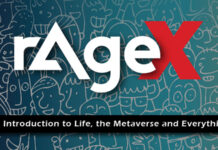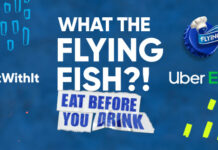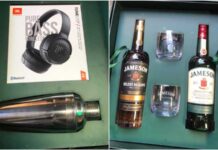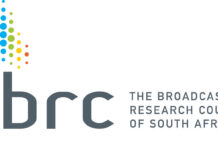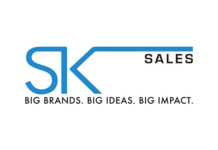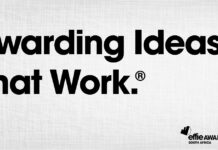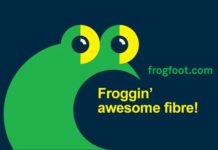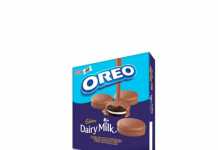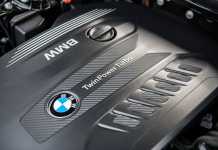Senior Marketing Scientist, Professor Justin Cohen of the Ehrenburg Bass Institute (EBI) recently addressed guests of SPARK Media in Johannesburg, Durban and Cape Town on the topic of Mental Availability – what it is and why it matters?
“Let’s get honest, consumers don’t spend time thinking about brands,” says Gill Randall, Joint CEO of SPARK Media. “We have far too much happening in our lives and we screen things out all the time.”
This may sound like common-sense, but the fact is, that most contemporary marketing theory focuses on the belief that consumers actually spend time and energy evaluating their brand choices.
“Most marketers still believe that we are highly rational beings, that we have relationships with brands, that our attitudes drive our behaviour, etc. We now know that this isn’t true and this belief has the potential to derail our marketing strategies (thanks to discoveries from EBI and others).
We have been members of the Ehrenberg-Bass Institute for the last 15 years, which has given us access to their wealth of research on consumer behaviour,” says Gill. “The EBI is the world’s largest centre for research into marketing. Their expert team of marketing academics are building a culture of evidence-based marketing, giving us powerful insights into how marketing really works and how brands grow and we were so honoured to have Justin present to us.”
Justin Cohen is one of the Institute’s senior researchers, whose expertise is in route-to-market decision making, emerging markets, retailing, online marketing, and wine and food marketing. He has international experience as both a practitioner and researcher, which helps him to provide transformational, evidence-based strategies for his clients.
“Mental Availability in marketing is the propensity for a brand to be thought of in a buying situation – in other words, is your brand even being considered by consumers,” says Justin. “But it’s not just about being in the game and having great branding – memory structures need to be built in the consumer’s mind in an on-going way.”
Gill adds: “Identify key brand elements that will cue your brands in consumers’ minds – both physically and mentally and this will go a long way in helping buyers think of you – which is the real battle for marketers.”
Justin went on to say that many marketers may think that they have loyal consumers that are heavy category users but the truth is that even the biggest brands have a mostly light user consumer base – that is they have many different consumers using their brands less often. “People shop around and buy products that are in the same category as yours – so build relevant associative memory structures to help easy mental retrieval of your brand at the time of purchase. ” he says.
“Ultimately the message, media, creative and branding quality are what will set your brand apart. Continuous advertising means refreshing memory structures. Prioritise big reach media, avoid excessive frequency, build reach over time, be seen recently and space out your ads.” He uses a great example – given a choice between reaching one person twice or two people once, and he would inevitably choose the two people once option.
Leverage your owned distinctive assets in a creative way. “Nando’s does this really well,” says Gill.” Their advertising is easily identifiable every single time by their specific fonts and look, Game’s pink colour is undeniably theirs and instantly recognisable.”
Finishing off, Justin stressed: “Branding has to be the most crucial step in advertising. If it’s not branded, it’s just entertainment – the goal is to be remembered and to be bought.”
SPARK Media DNA
Established in 2015, SPARK Media, a division of CTP Ltd, are experts in retail and location based marketing solutions. The company owns and represents a myriad of print and digital products that deliver locally relevant, effective audiences for advertising clients. SPARK Media are Strategic Partners in Audience Research and Knowledge and offer ‘Insights that Ignite’.























